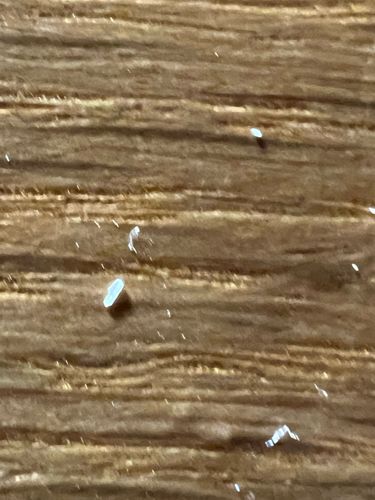Dust Mite
Scientific Name: Dermatophagoides spp.
Order & Family: Acariformes, Pyroglyphidae
Size: 0.2 - 0.3 mm (microscopic)

Natural Habitat
Found in human dwellings, especially in bedding, upholstered furniture, and carpets where they feed on dead skin cells. They thrive in warm, humid environments.
Diet & Feeding
Primarily feed on dead human and animal skin cells (dander), as well as other organic detritus. They do not bite or burrow into skin.
Behavior Patterns
Dust mites are microscopic arachnids that are largely unseen by the naked eye. They are not insects. They do not fly or jump; instead, they move slowly. Their life cycle typically involves egg, larva, nymph, and adult stages. They are most active at night and tend to avoid light.
Risks & Benefits
Dust mites themselves are not directly harmful, but their fecal matter and body fragments are major allergens. Exposure can trigger asthma, eczema, and allergic rhinitis in sensitive individuals. They pose no known benefits to humans or ecosystems in domestic environments.
Identified on: 10/30/2025